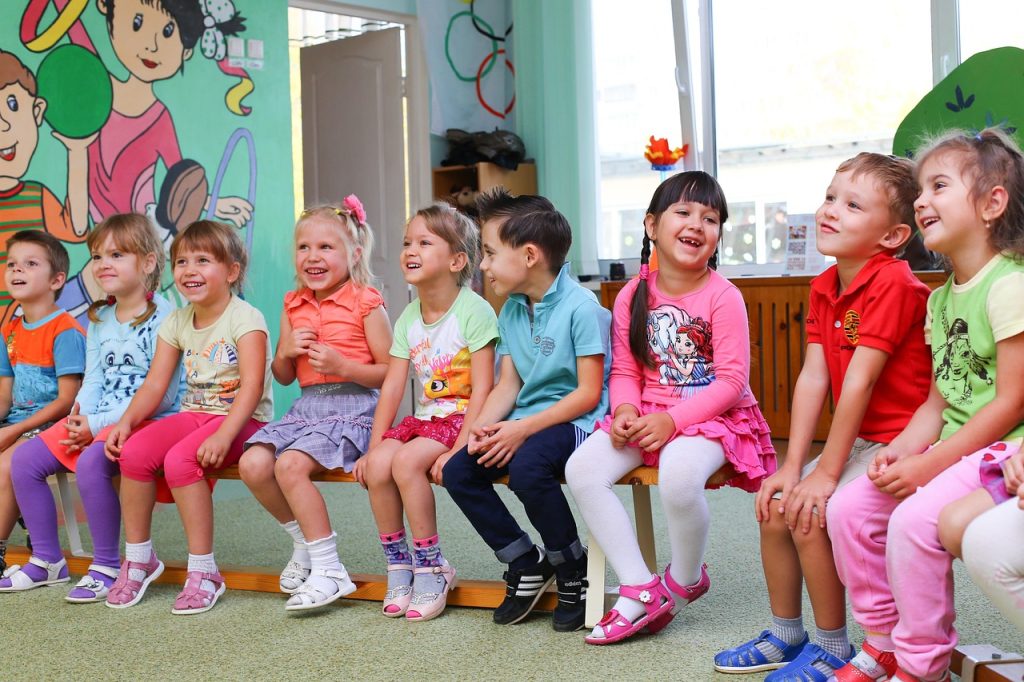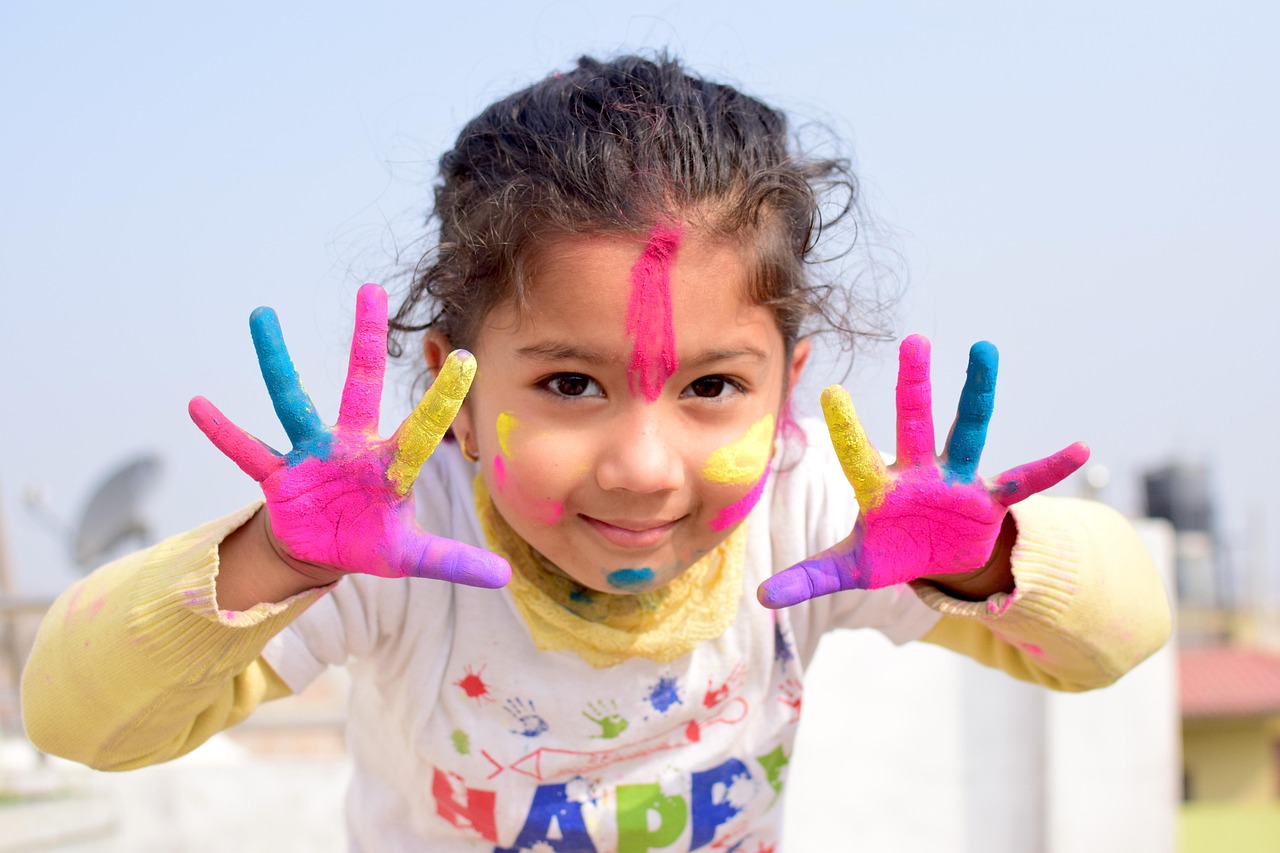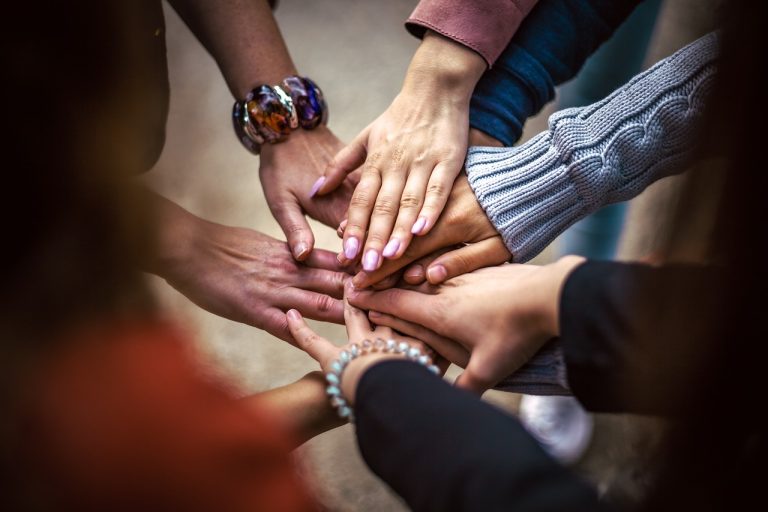It’s often said that near-death experiences or NDEs can happen to literally anyone. Factors such as gender, age, race, sexual orientation, education, beliefs, etc. don’t appear to affect NDEs. But what about kids? Do children have near-death experiences? Or is there a certain age below which NDEs aren’t possible?
Here’s the short answer. Yes, children have near-death experiences. There are numerous reports of children having NDEs. And it should also be noted here that some childhood NDEs go unreported or miscategorized, because children typically have a more difficult time articulating their experiences.
Read More: Children and Near-Death Experiences: Advice You Need to Know
How often do children have NDEs?
As most parents will be quick to tell you, children often struggle communicating complex ideas. Near-death experiences can be challenging even for adults to describe, so it’s considerably harder for kids to articulate something as profound as an NDE.
Because of this, it can be difficult to pinpoint with any real accuracy whether children are more or less susceptible to NDEs than adults. But so far as researchers can currently tell, age doesn’t appear to significantly influence the odds of having an NDE. Kids appear to be just as prone to them as adults.
It’s worth noting as well that children of all ages have reported NDEs. There are even documented cases of NDEs occurring in children at extremely early ages, when they’re barely old enough to speak.
Studies have interviewed children after NDEs as young as age three. And while kids can’t always explain with great detail what they’ve witnessed—especially at those very young ages—researchers can confirm those children did have near-death experiences based on what they’ve described.
Do children have near-death experiences differently than adults?
No two NDEs are ever identical. They share common NDE characteristics—generalized features, such as out-of-body experiences, being in a void or a tunnel, and engaging with deceased loved ones or other figures. But do kids experience these same features? Or do children have near-death experiences differently than adults?
Here’s another short answer: children experience the same NDE characteristics as adults. They might be described differently or contain different sorts of imagery, but do children have near-death experiences that are far different from adults? Not really, no.
Children process information in ways adults do not. They’re less inhibited by social norms or practical considerations, so they’re able to more freely explore ideas and possibilities without fear of judgment. And kids excel over adults at divergent thinking—creating multiple solutions to a single problem.
All of this can leave children explaining their NDEs differently from adults, despite their experiences being similar. And it can also lead some adults to discredit the claims of these children, ignore their stories, or never report what their children experienced to begin with.
There’s still a lot we don’t understand about childhood NDEs
Researchers go to great lengths to understand near-death experiences and related phenomena. And childhood NDEs are among the most fascinating subjects in the field. But there’s still quite a bit we don’t understand about childhood NDEs, or NDEs in general. Researching these things remains a work in progress.
If you suspect your child may have had a near-death experience, please read our childhood NDE support guide. It walks you through how to discuss this life-changing event with kids of all ages, and what you can do next.
As always, we encourage near-death experiencers to contribute your stories to the IANDS NDE accounts database. And if you’re up for it, please also consider participating in NDE research studies you qualify for. You can also help our cause by giving a tax-deductible gift or joining IANDS as a member.





